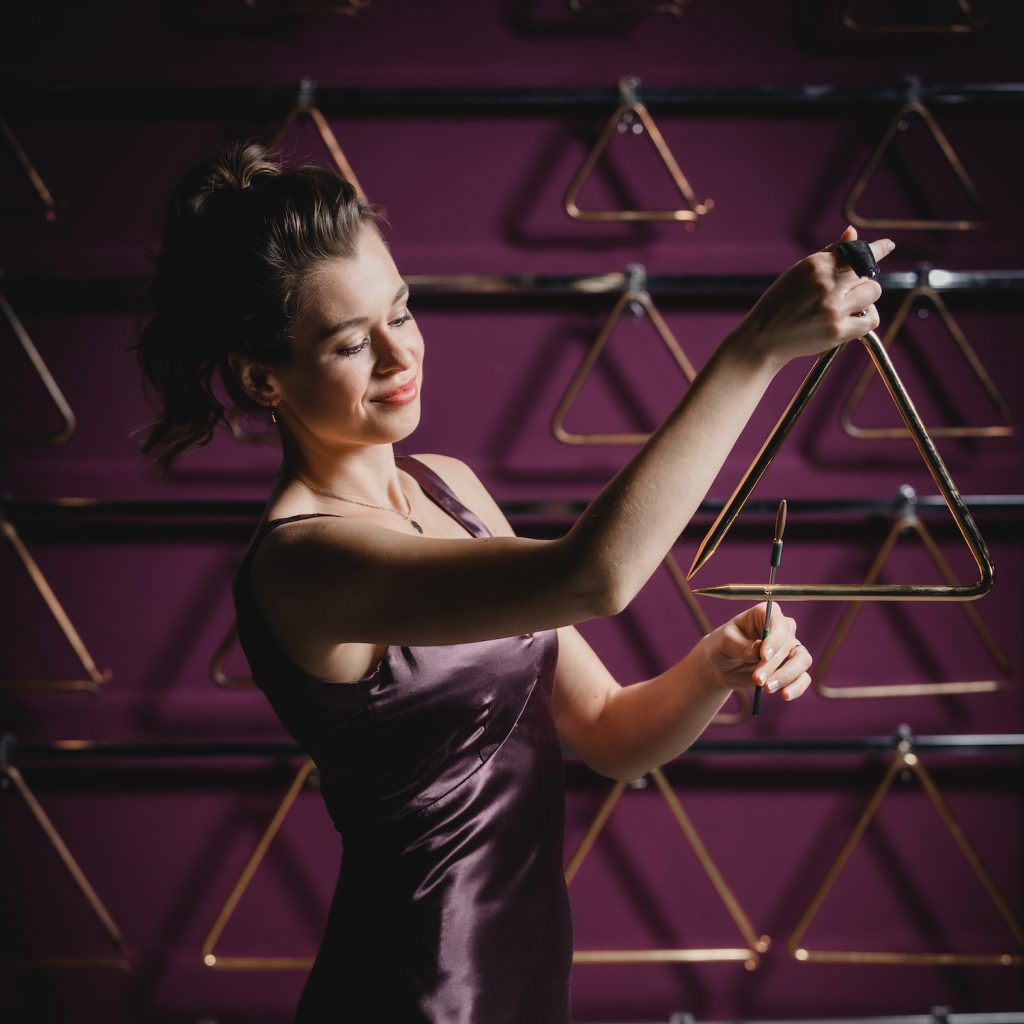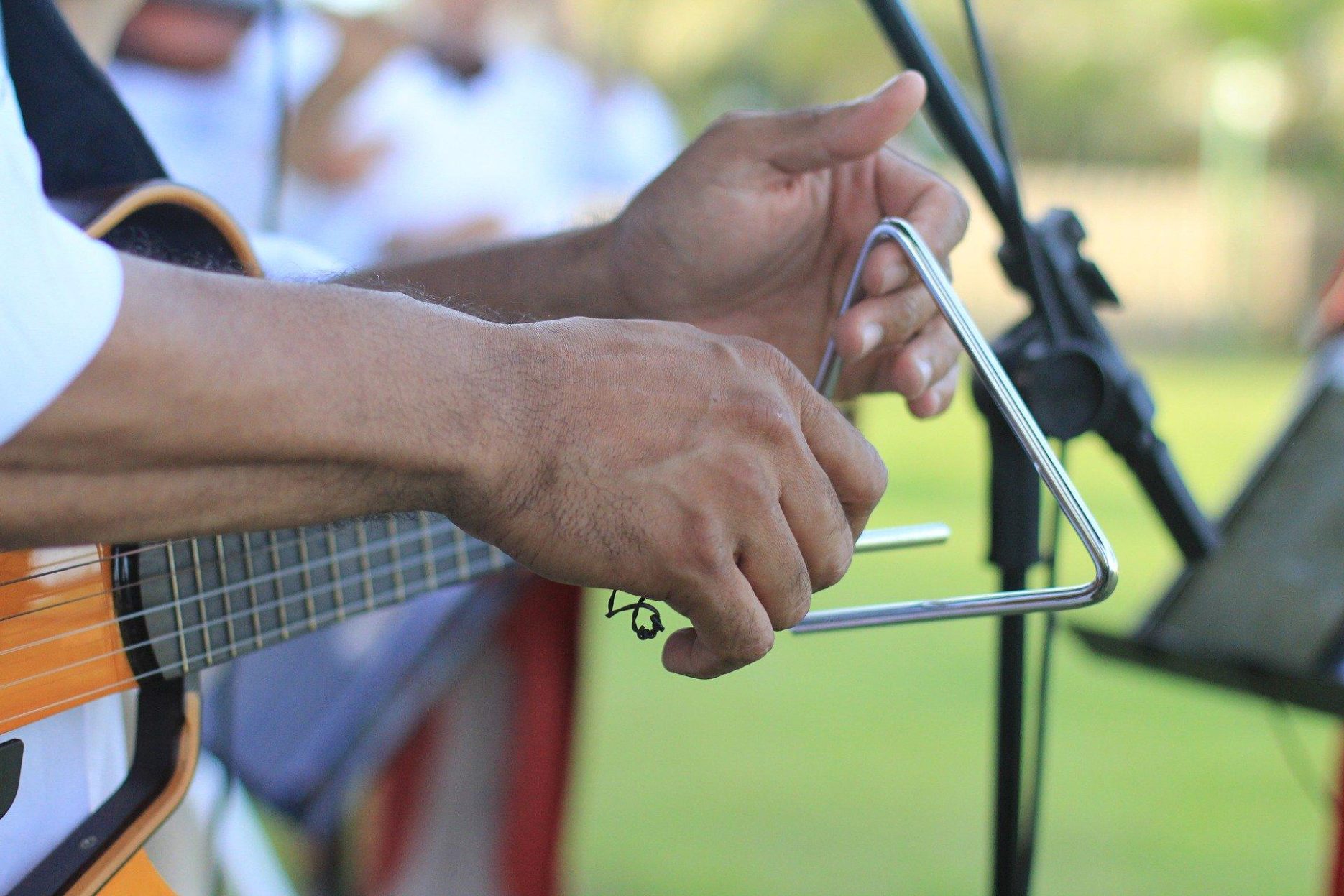Triangles are a type of percussion instrument that is used in a variety of music genres. They are particularly popular in jazz and pop music. They are also commonly found in orchestras.
They are played by striking the closed corners of the triangle with a beater. This produces a fundamental sound with multiple overtones which allow the instrument to blend with an ensemble.
Most instruments are shaped in a similar way but can vary in size and sound quality. They can also be made in a range of materials, with some being heavier or lighter than others.
Historically, the triangle was used in religious ceremonies and was also a popular musical instrument among medieval musicians. Surviving iconographic sources from that period show that the triangle was sometimes accompanied by loose rings around one of its sides to alter the sound produced.
The triangle is a relatively inexpensive instrument and can be purchased from a variety of online and physical stores. It is easy to play and can provide a variety of interesting sounds.
It is a great addition to any drum kit and a good choice for beginners and seasoned players alike. There are several different types of triangles, with some of the most common being the jingling and metallic ones.
They can be made from a variety of materials and can range in size, from small to very large. The average length is about seven inches on each side, though larger triangles have been made.
The first step in learning how to play a triangle is to get the basic technique down, which involves striking the inside edge of the closed corners with a metal beater (usually made from a rod). To obtain a high-pitched ringing tone, it is best to strike it using a “pushing” motion, as opposed to a slapping motion.
Once you have this down, try to strike it on every 2nd and 4th click of the metronome. This will train your brain to pay attention to the many different rhythms available when playing the triangle, which can help you develop your own style as a percussionist.

As with all percussion, it is important to read the music for the triangle well. This means ensuring that the triangle is struck with the correct force and rhythm as marked in the music or by the conductor.
This will make it much easier to perform on a stage, and it will also enable you to play with confidence when conducting the instrument. It is important to learn how to strike with a range of accents, from strong to medium to staccato, so that you can get a variety of tones out of the instrument.
Depending on the instrument, you may be able to choose a specific type of beater to use with the instrument, such as a wooden beater for a quieter sound or a knitting needle for a softer note. This will also depend on the piece of music you are playing and the style that you want to produce.







